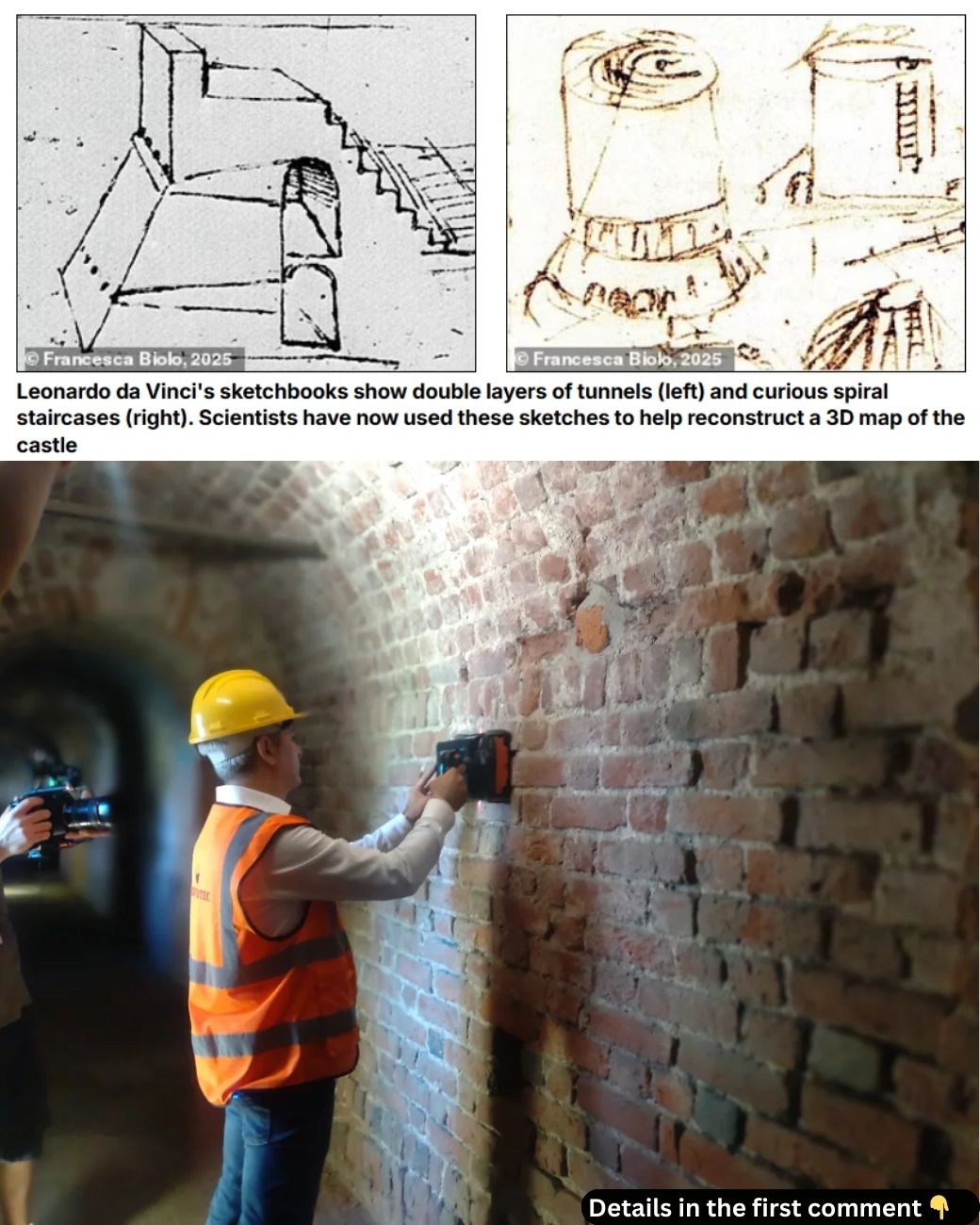Milan’s iconic Sforza Castle, a monumental example of Renaissance architecture, has long captivated historians and tourists alike. However, recent groundbreaking discoveries have unveiled secrets that have remained hidden for over 500 years. Beneath the castle’s imposing walls, a series of mysterious tunnels—sketched by the legendary Leonardo da Vinci—have now been uncovered. This remarkable find sheds light on Leonardo’s genius not only as an artist but also as a military architect whose visionary designs have shaped history. Thanks to cutting-edge technology, historians are now able to piece together this hidden aspect of his work, providing a fresh perspective on his contributions to both art and warfare.
The Sforza Castle: A Renaissance Fortress with Hidden Depths
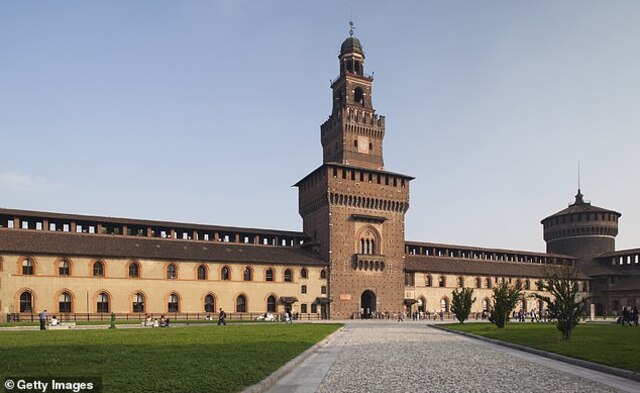
The Sforza Castle, built during the 15th century by Francesco Sforza, Duke of Milan, is a testament to the power and influence of the Sforza family. Originally constructed to protect the city, the castle has been renovated and expanded over the centuries, particularly by Ludovico Sforza, Francesco’s son. Ludovico’s reign saw the involvement of prominent figures like Leonardo da Vinci, who was commissioned for both artistic works and military designs. While the castle’s grand exterior is well-known, it is the underground labyrinth that has been hiding a true Renaissance mystery—tunnels likely designed for strategic defense in the event of an attack.
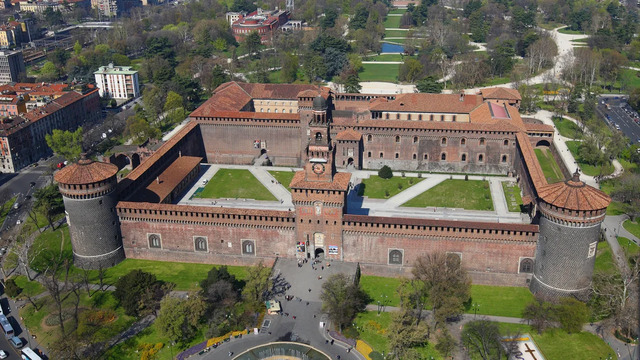
Leonardo da Vinci’s Role in the Castle’s Design
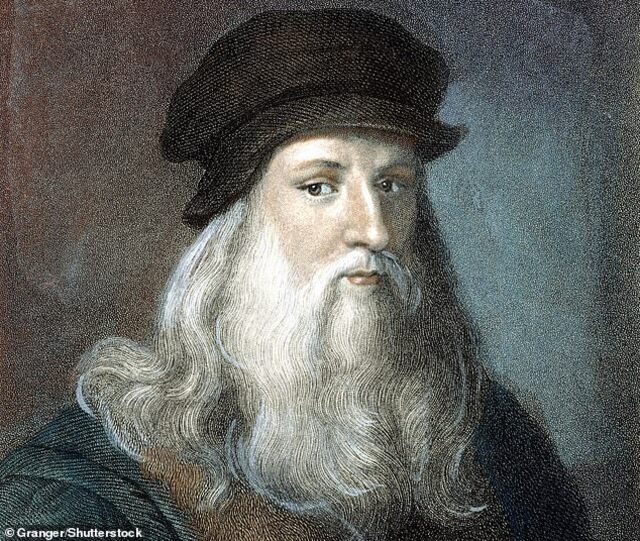
Leonardo da Vinci’s involvement with the Sforza Castle is widely recognized, though the exact extent of his contribution remains a subject of debate. Known for his expertise in military architecture, Leonardo was tasked with improving the fortifications of the castle. His designs included innovative defenses such as fortified walls, drawbridges, and even subterranean tunnels.
These tunnels, sketched by Leonardo in the late 1400s, were likely intended to provide soldiers with hidden routes for movement during sieges or breaches. Although these passages were never fully realized in his time, Leonardo’s visionary ideas were ahead of their time and had a profound influence on military engineering.
Video
Watch the video to uncover the secrets inside a 500-year-old Da Vinci tunnel that’s just been discovered – it’s fascinating!
The Role of Modern Technology in Uncovering Hidden Tunnels
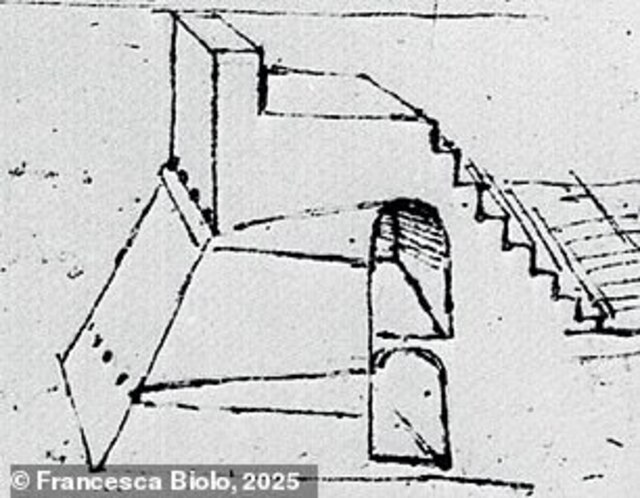
Thanks to recent technological advancements, the secrets of these tunnels have finally come to light. Between 2021 and 2023, a team of researchers from the Politecnico di Milano conducted a series of surveys aimed at digitizing the underground structures of the Sforza Castle.
Using non-destructive methods like ground-penetrating radar (GPR), laser scanning, and GPS, the researchers uncovered tunnels that were previously only hinted at in Leonardo’s sketches. These cutting-edge tools allowed them to map out the subterranean features of the castle without disturbing the fragile historical site.
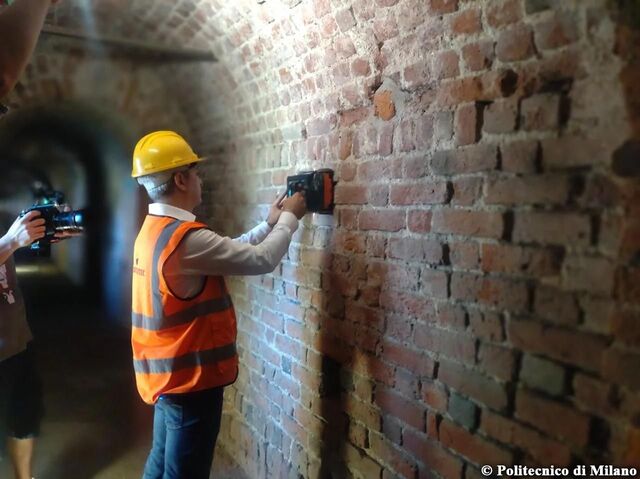
Unveiling the Hidden Tunnels Beneath the Castle
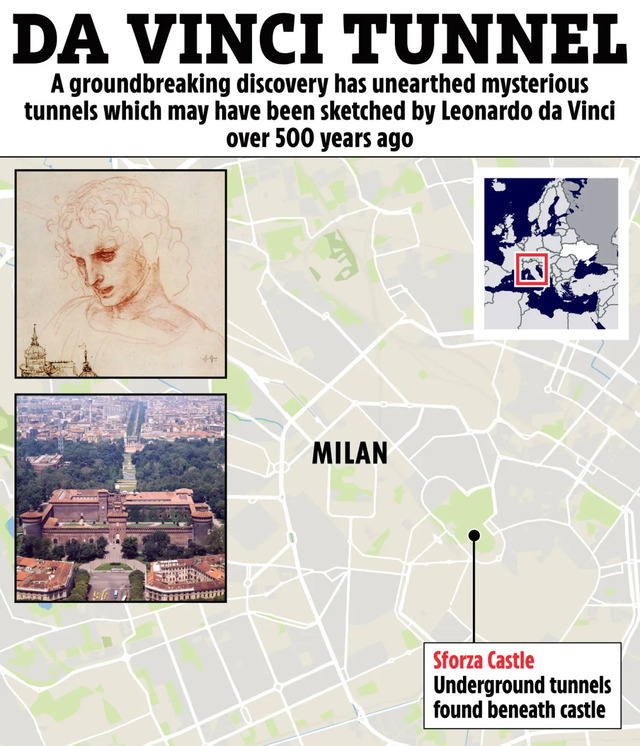
During their survey, the researchers made an extraordinary discovery: a network of tunnels beneath the castle that closely match Leonardo’s sketches. Initially, the team aimed to map a well-known underground passageway running along the castle’s moat, but to their surprise, they found a second tunnel running parallel to the first. This previously unknown passage was about one meter below the surface, indicating that it was part of a hidden defensive system. Experts believe that these tunnels would have allowed soldiers to move undetected in the event of a siege, giving the castle defenders a tactical advantage.
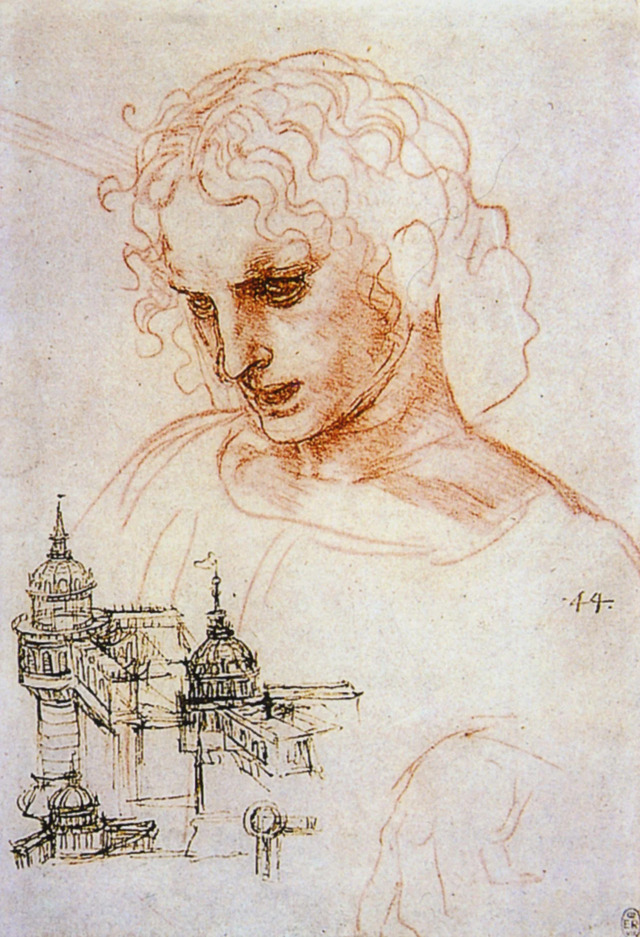
Further exploration revealed more tunnels, many of which were constructed with brick and featured barrel-vaulted ceilings—a hallmark of Renaissance engineering. Some of the tunnels even appear to lead towards important landmarks, including the Basilica of Santa Maria delle Grazie, where Ludovico Sforza’s wife, Beatrice d’Este, is buried. This discovery hints at the possibility that the tunnels also served personal purposes, such as providing a discreet path for the duke to visit his late wife’s tomb.
A Personal Touch: The Tunnel to the Basilica of Santa Maria delle Grazie
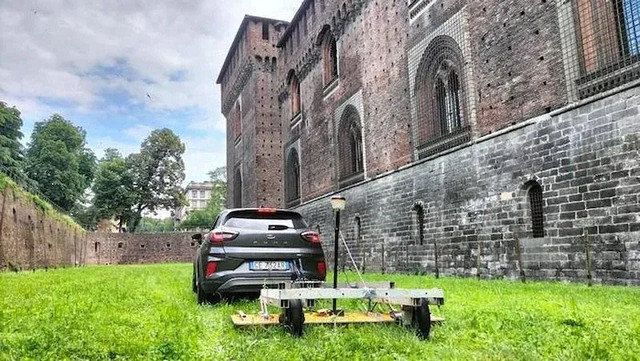
Among the most intriguing findings is a tunnel that seems to connect the castle to the Basilica of Santa Maria delle Grazie, one of Milan’s most famous religious sites. Historical records suggest that Ludovico Sforza was deeply affected by the death of his wife, Beatrice d’Este, and may have commissioned the tunnel to allow for private visits to her burial site. This addition to the castle’s underground network not only adds a personal dimension to the military complex but also highlights the intersection of power, emotion, and architecture during the Renaissance.
Preserving History Through Digital Exploration

As the team continues to study these tunnels, the findings have prompted calls for better preservation of the castle’s architectural heritage. The use of modern technology to map the underground structures without excavation is a significant step forward in safeguarding the site for future generations.
The team’s work is also paving the way for the creation of a digital model of the Sforza Castle, or a “digital twin,” which will allow researchers and the public to explore the castle’s past in ways that were previously unimaginable. This digital model could eventually be used to create augmented or virtual reality experiences, bringing the hidden history of the Sforza Castle to life for visitors from around the world.
The Future of Sforza Castle and Leonardo’s Legacy
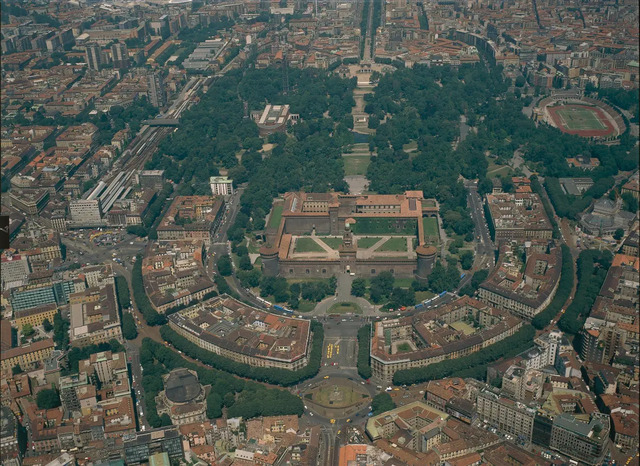
The discovery of these tunnels has deepened our understanding of Leonardo da Vinci’s role in the Sforza Castle’s design and the broader context of Renaissance military architecture. While it is still unclear whether Leonardo directly oversaw the construction of these tunnels, his influence is undeniable. The underground network is a testament to his innovative thinking and his ability to merge art with practical engineering. As the research continues, it is likely that more tunnels and structures will be uncovered, further enriching our understanding of this Renaissance masterpiece.
Conclusion: Connecting the Past to the Present
The discovery of Leonardo da Vinci’s hidden tunnels beneath the Sforza Castle is a captivating chapter in the ongoing exploration of the Renaissance period. This finding not only sheds light on Leonardo’s legacy as a military engineer but also demonstrates the power of modern technology in unraveling the mysteries of the past.
As researchers continue to explore the depths of this ancient site, we are reminded of the enduring connection between history and the places that have shaped it. Through careful preservation and innovative exploration, we can ensure that the legacy of figures like Leonardo da Vinci lives on for future generations to appreciate and learn from.
This discovery serves as a poignant reminder that the past is never truly gone; it is hidden beneath our feet, waiting to be uncovered with the right tools and a deep respect for history.
